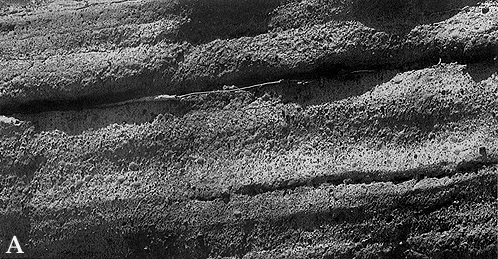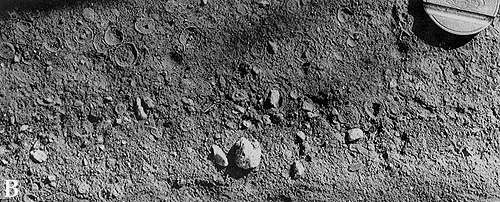

Accretionary lapilli
Plate 164


Accretionary lapilli
Plate 164
Partly resembling pisoliths, these spheroidal particles are found in volcanic ash deposits and owe their origin to completely different mechanisms. Properly speaking, they do not represent chemical structures, but are presented here for comparison purposes and also because pyroclastic deposits are emphasized in this book.
As opposed to ordinary lapilli, which are clasts (see white pumice fragments in plate 164 B), accretionary lapilli are friable aggregations of fine ash particles, once attributed to raindrops. The most plausible explanation for their formation lies in the condensation of water vapor within a highly concentrated, hot pyroclastic flow or an ascending eruptive column. Water droplets acted as aggregation nuclei by making the ash particles stick together. Vapor is abundant in phreatic eruptions, occurring when the volcanic heat vaporizes a water body (aquifer, lake). There is no cement in accretionary lapilli, which can be crumbled between two fingers.
The examples shown here crop out in Quaternary deposits of Eolian Islands, Tyrrhenian Sea.